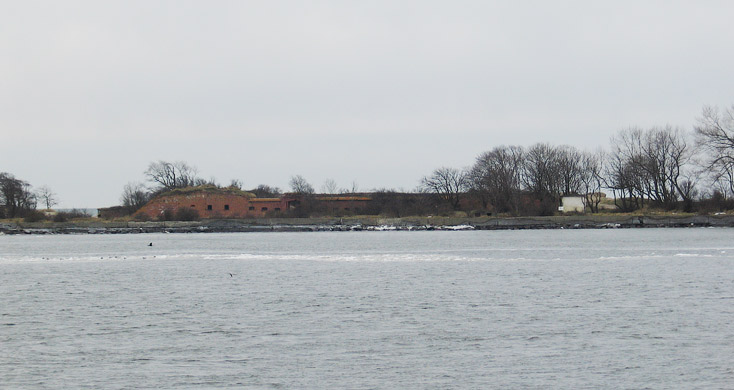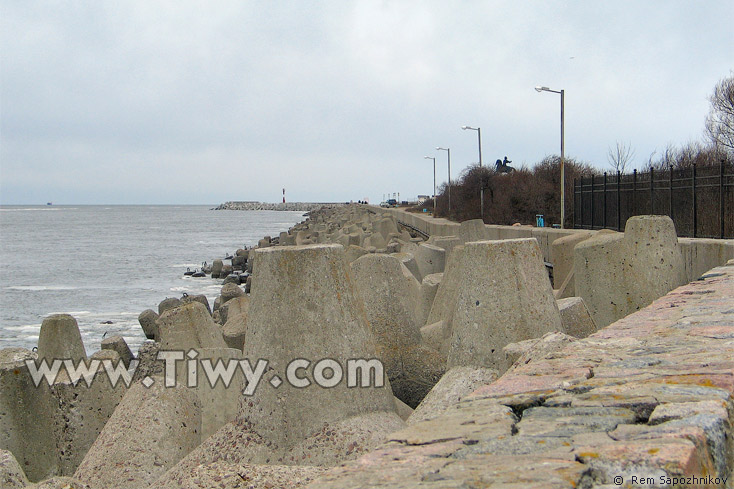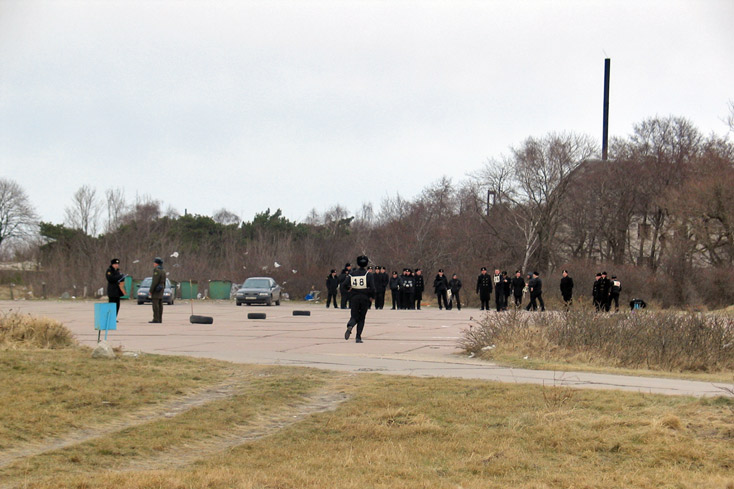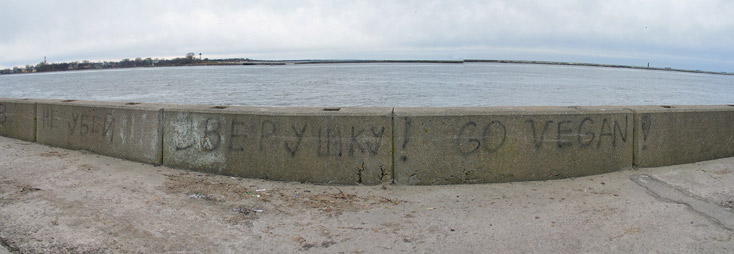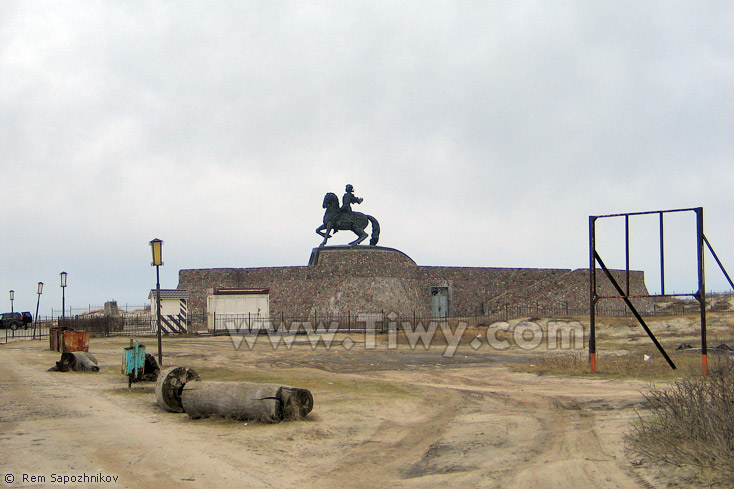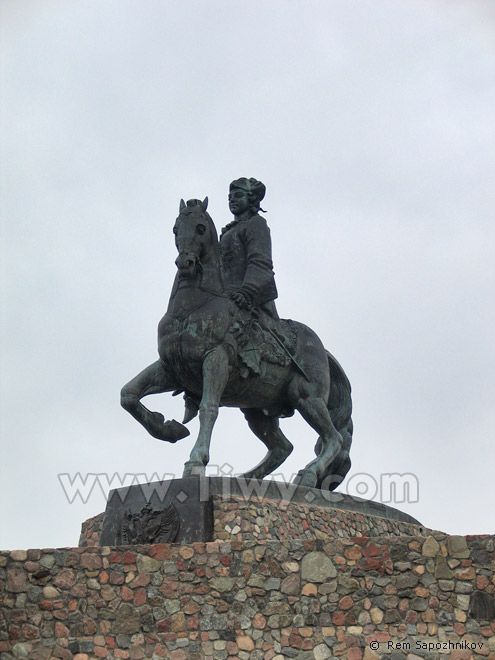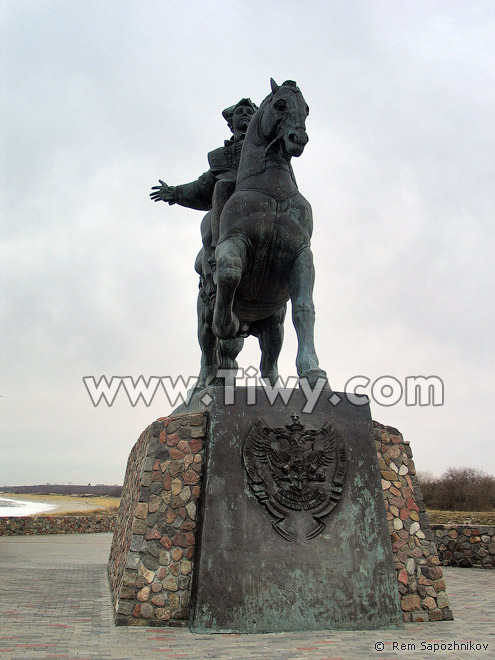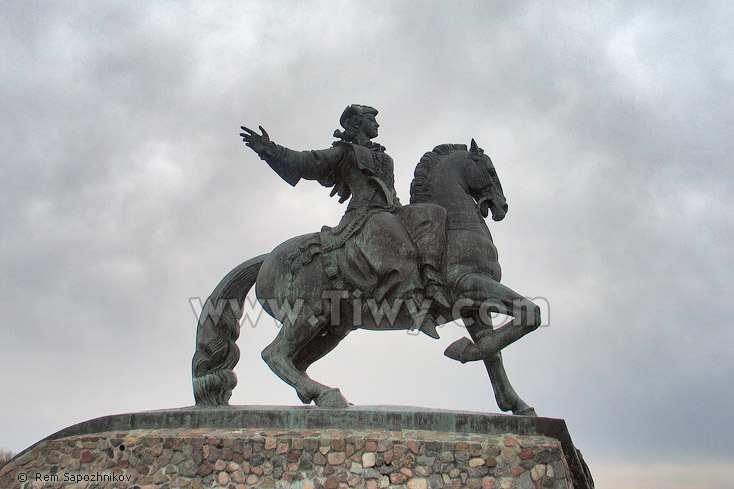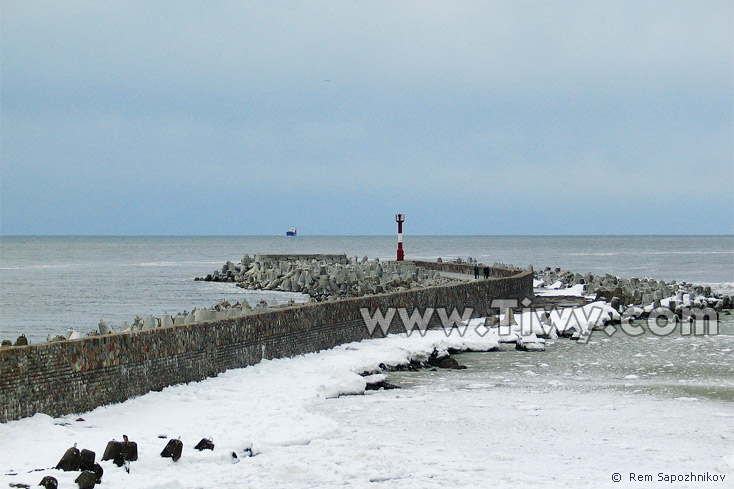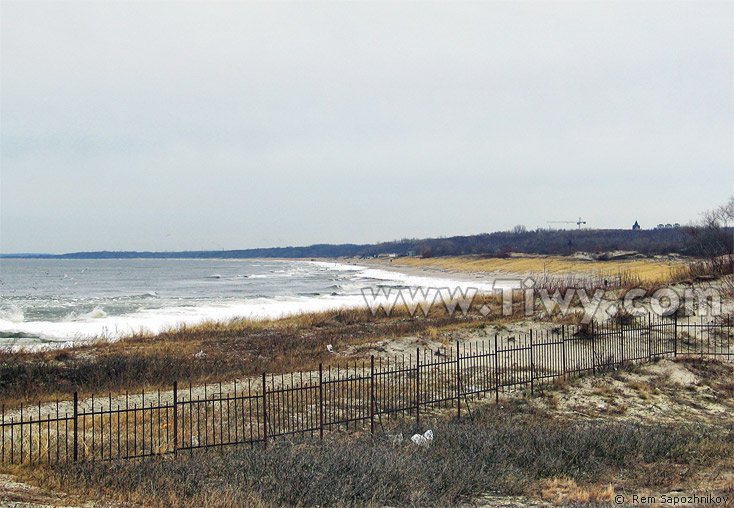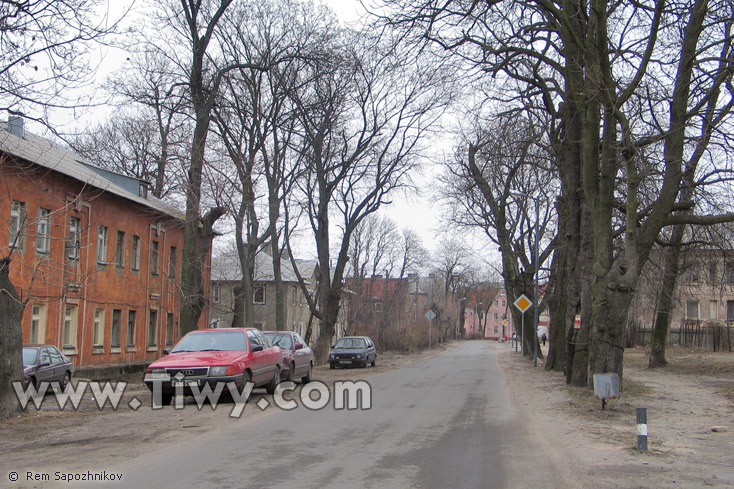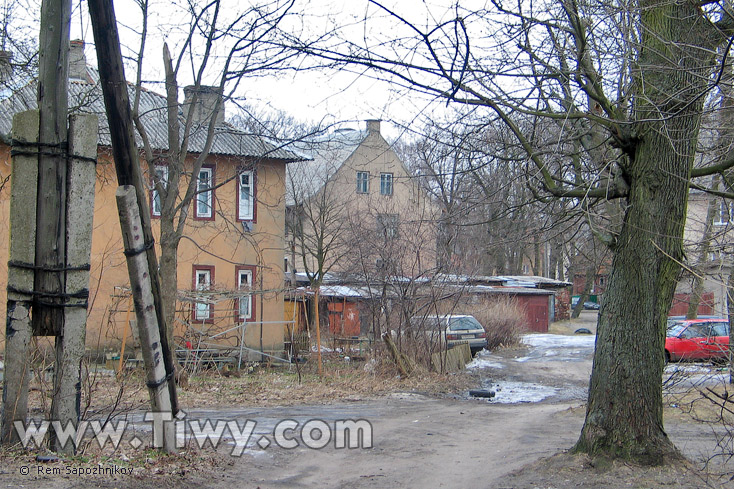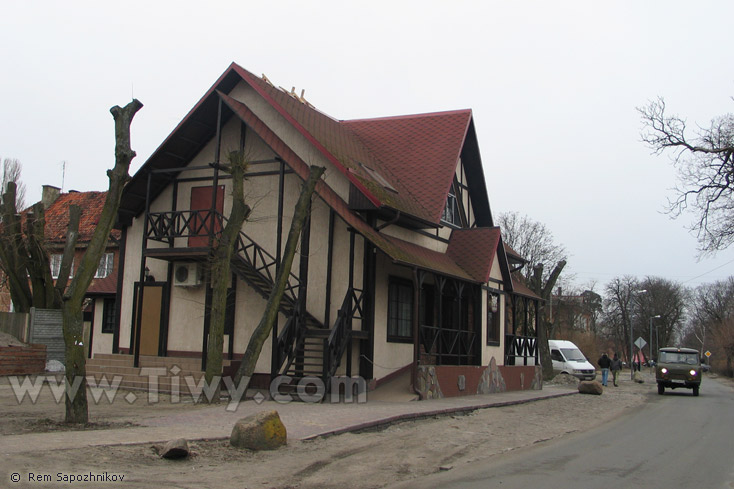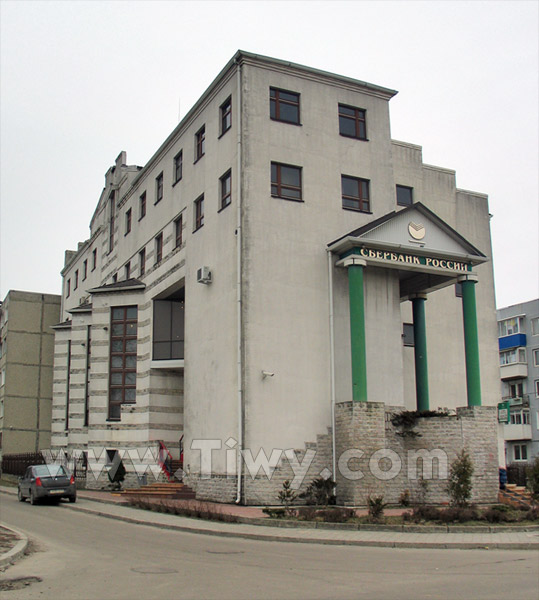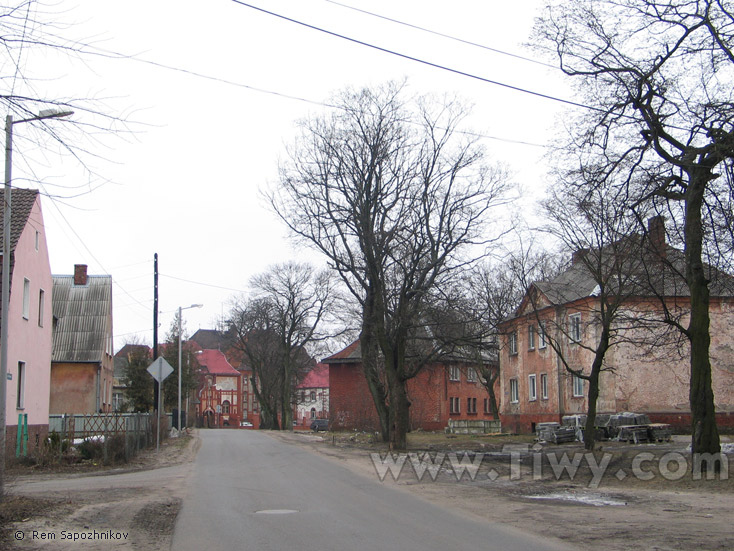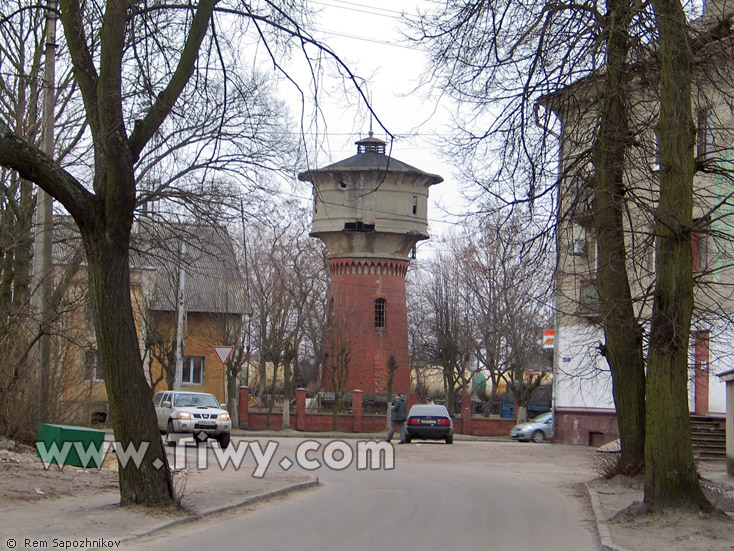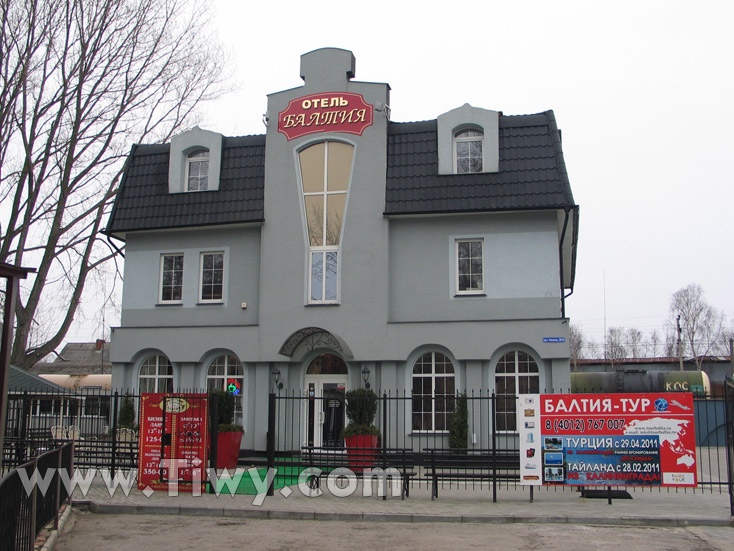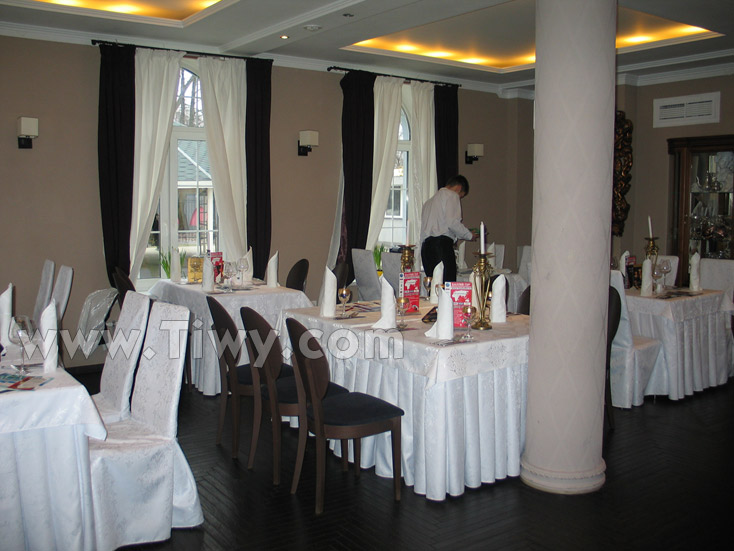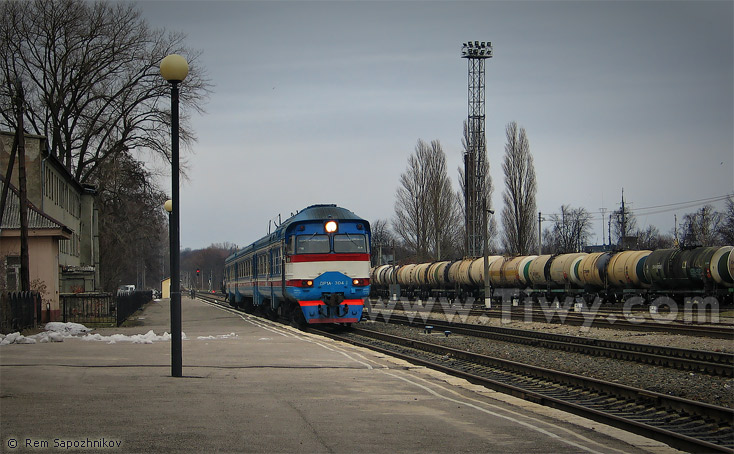Town of Baltiysk, Kaliningrad region (Part I)
Baltiysk is the most western city of Russia. Here is located the largest Russian naval base on the Baltic Sea. Up to November 1946 the town was called Pillau. This name comes from the Prussian word “pils”, which means a fortress. In addition to the having the same name with the old name of town, fortress, there are two more forts there: “Stiehle” and ”Eastern”. There is a third fort – the “Western”, but it is not in Baltiysk, but on the Baltic Spit (aka Vistula Spit).Map of Baltiysk on wikimapia:
http://wikimapia.org/#lat=54.6474207&lon=19.906182&z=14&l=1&m=b
It identifies all potentially significant places of the town. For example, in the northern part of Baltiysk a “rotten swamp” was found, marked as “the former Royal Lake”. Hardly surprising transformation.
Link to a good site about Baltiysk:
http://russian-west.narod.ru (Russian language only)
One can get from Kaliningrad to Baltiysk in 1 hour on a minibus taxi from the stop “Teatralnaya street” near Schiller Monument (this is how I came there) or on the diesel engine train from the Southern station (I used it for my way back).
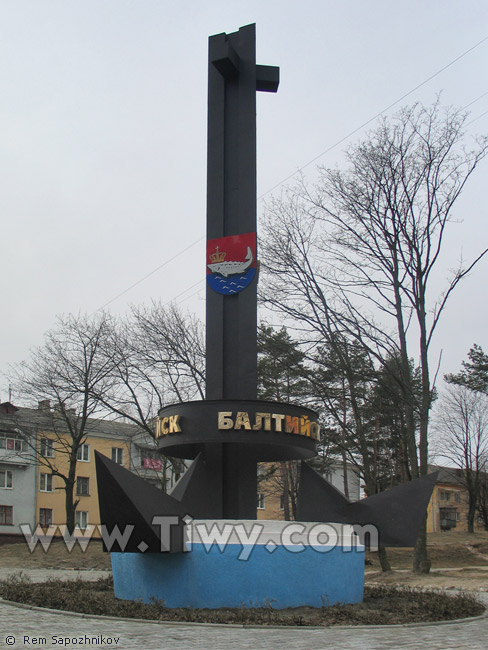
200 m to the west of the anchor-stela there is a memorial to soldiers-liberators, where I, unfortunately, did not go.
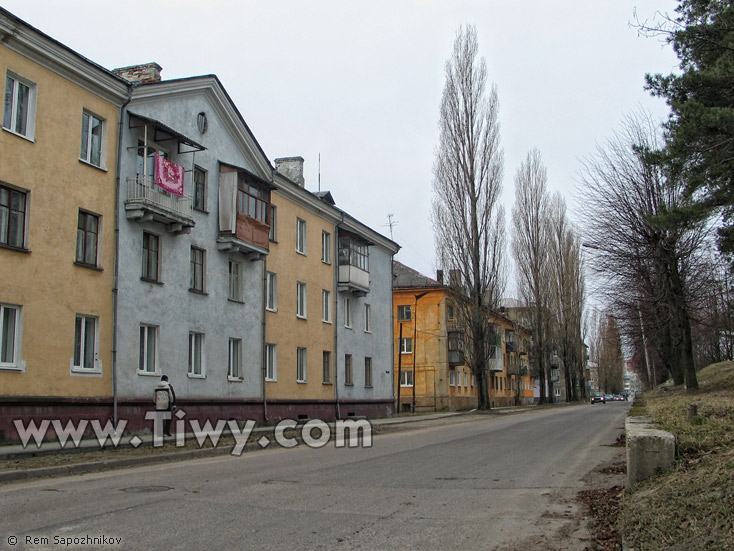
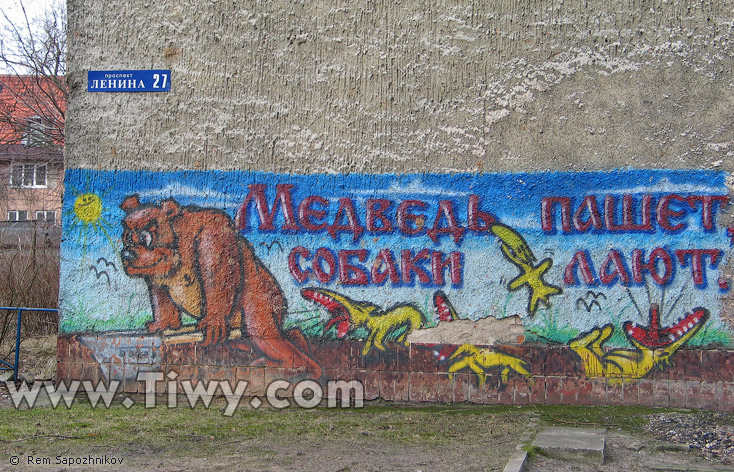
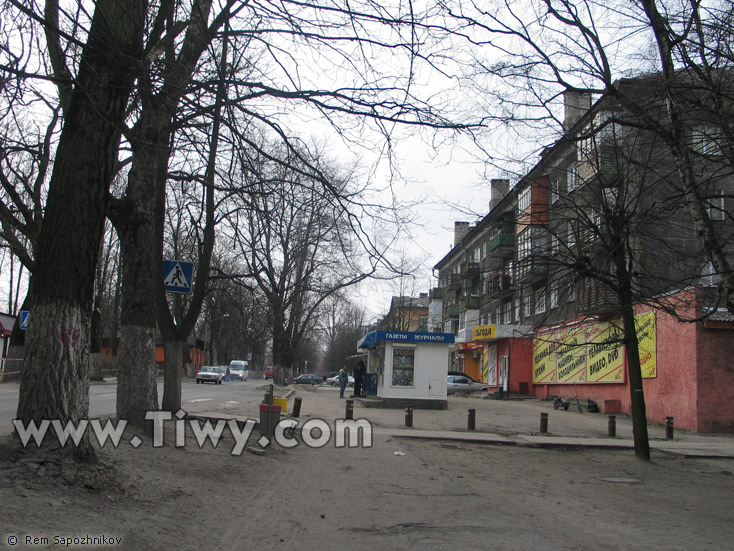
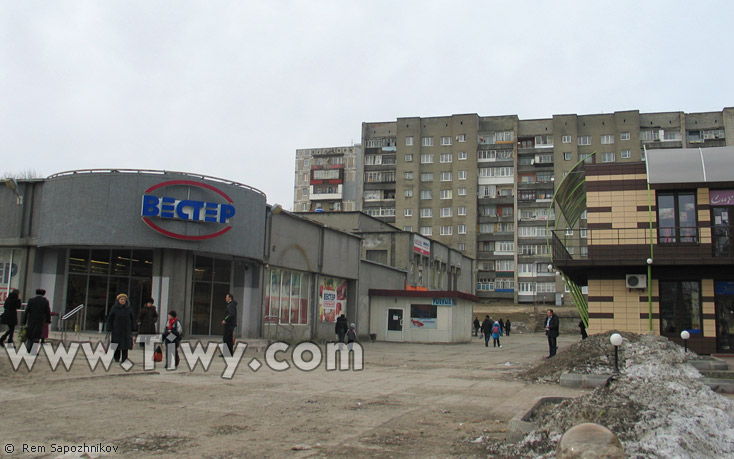
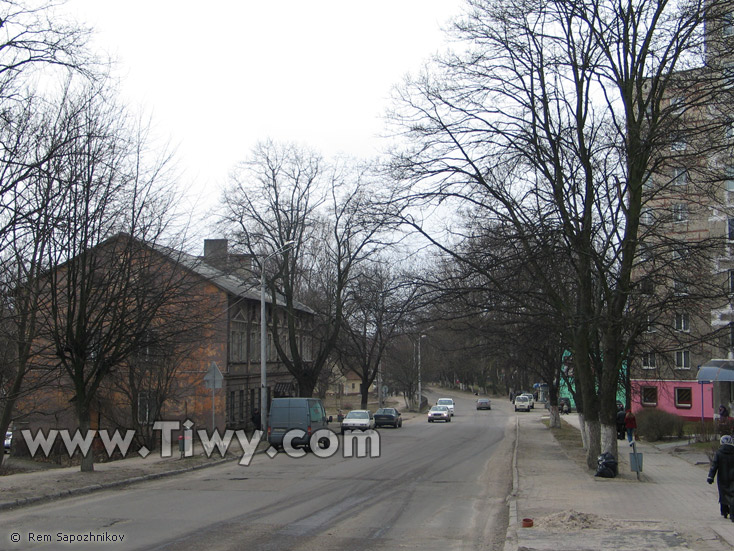
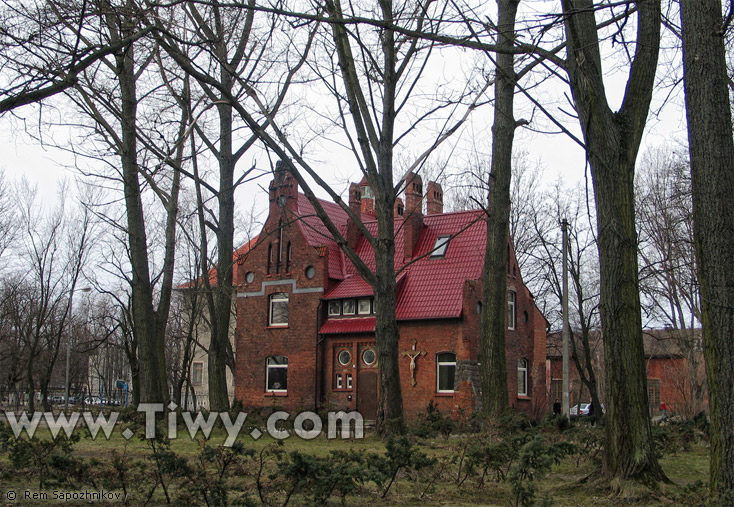
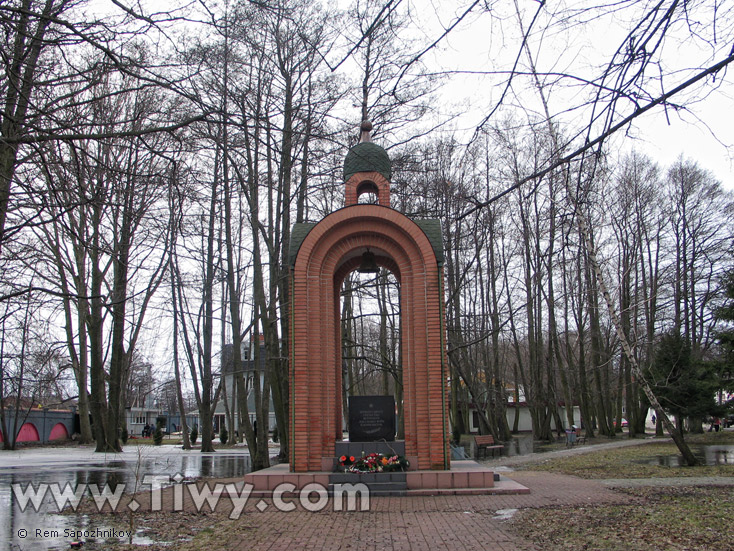
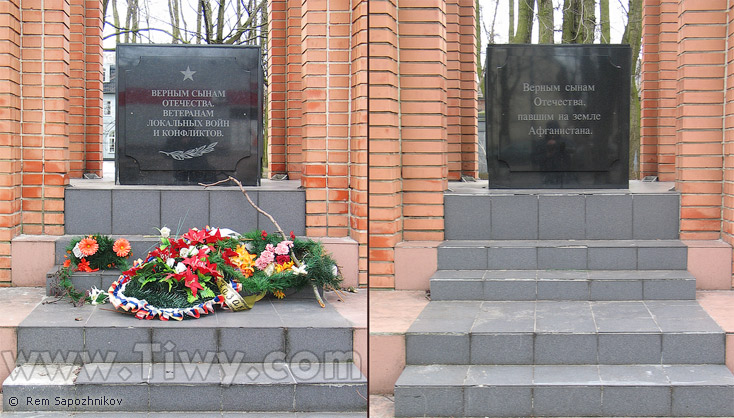
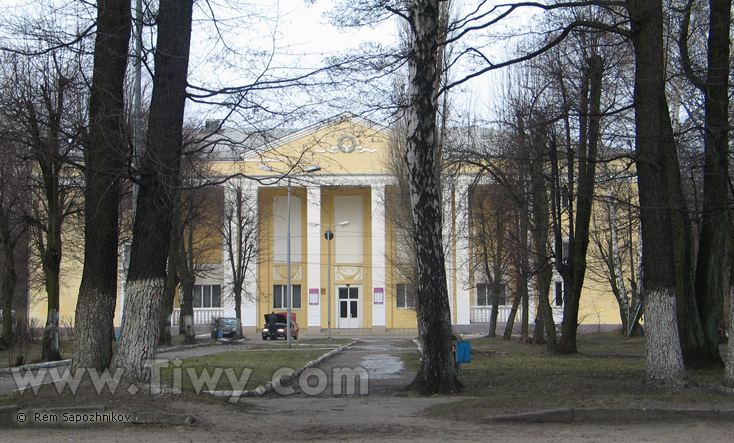
It unites 22 artistic teams, which involve 440 people, among them 348 children, 92 adults. Seven teams have the title of “master”, and one (the national chamber choir “Blagovest”) – the “folk”. The Cultural and Youth Center building was built in 1958.
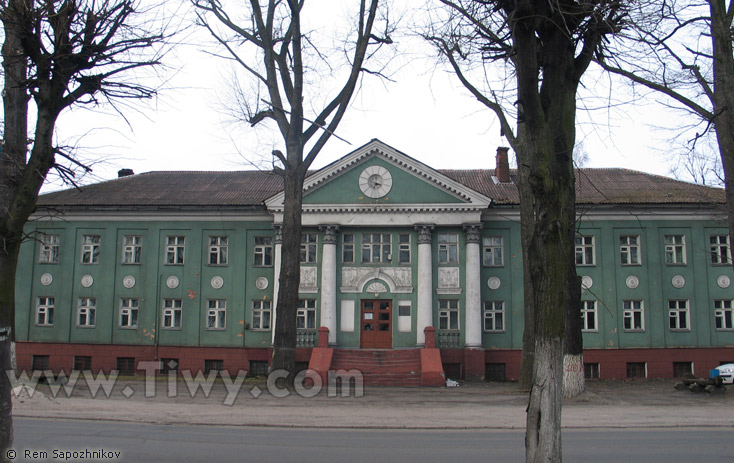
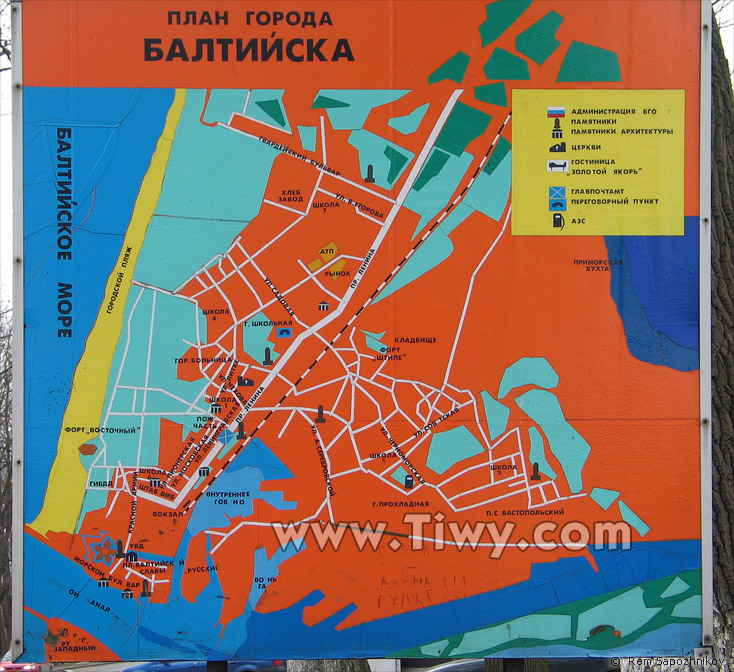
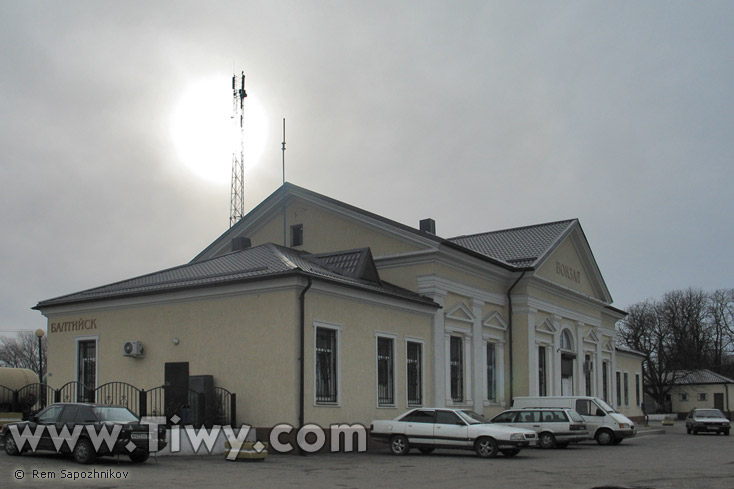
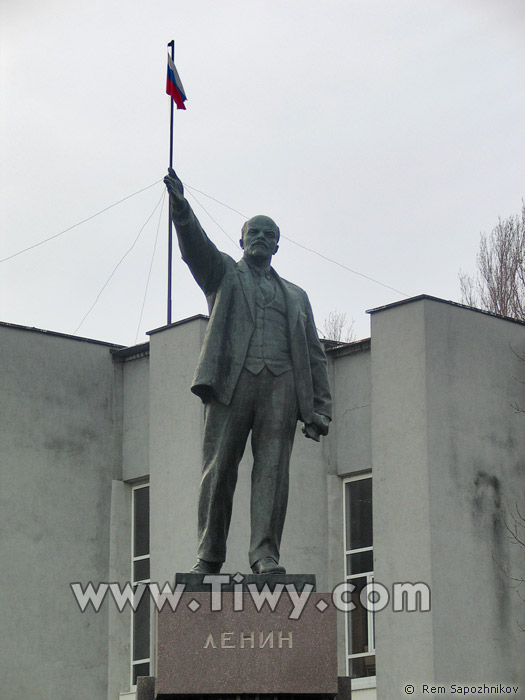
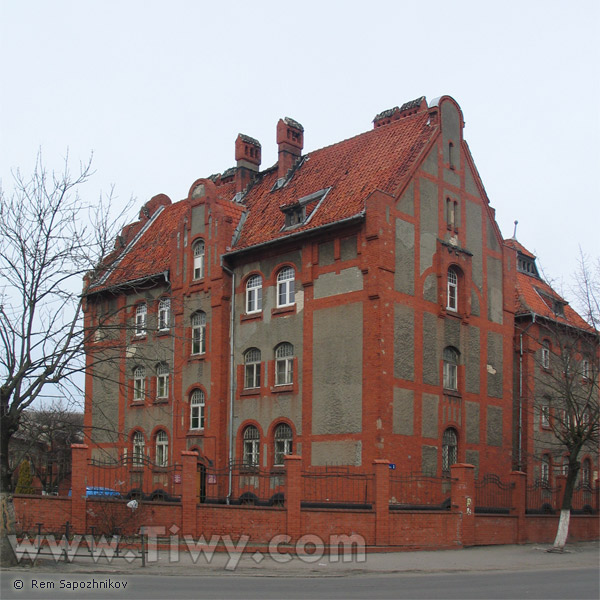
The complex of brick buildings in the town center was built in early XX century.
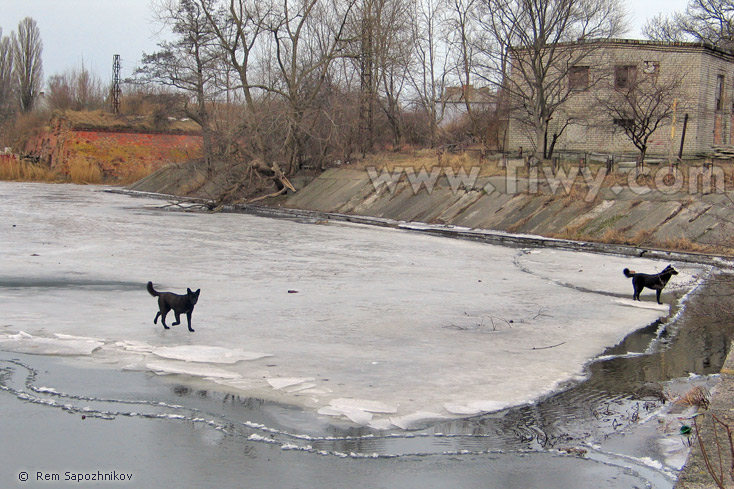
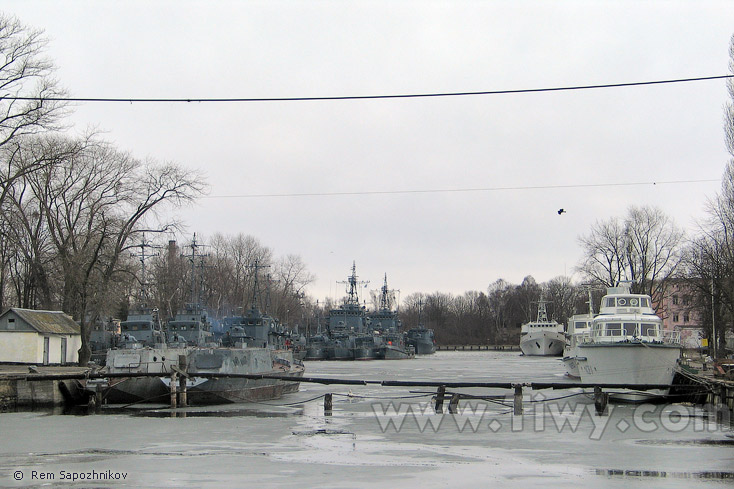
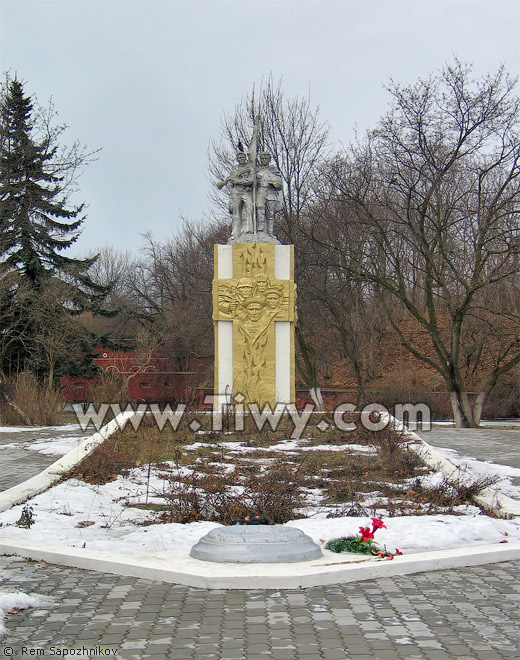
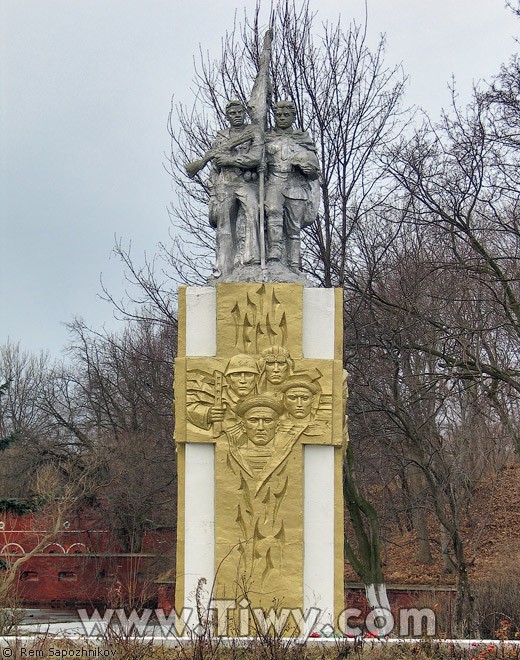
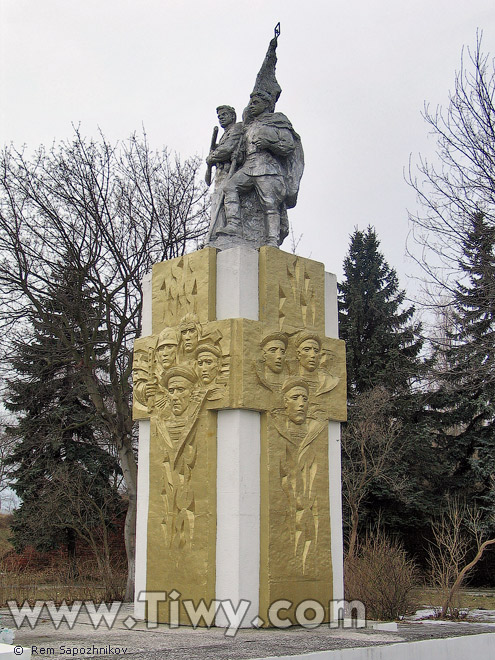
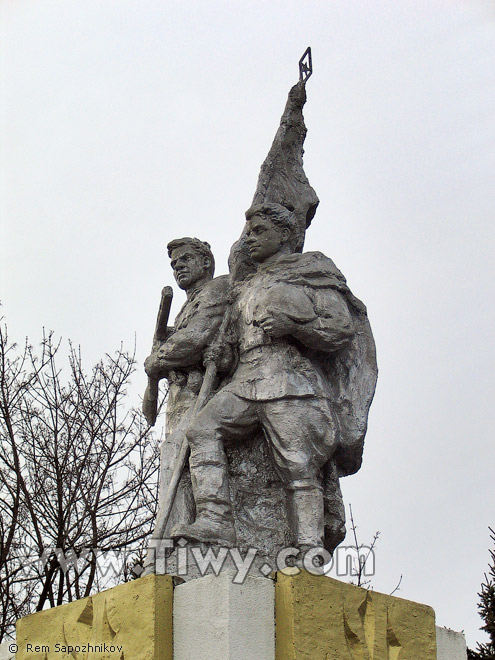
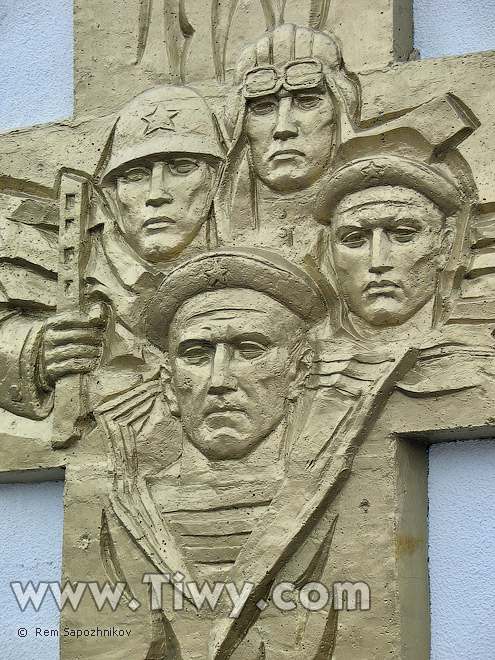

↑ Click for detailed view ↑
I do not know as it is now, but before that was a popular place for Baltic commandant patrols, catching violators of military regulations. Using the fact that there was no other way for “citizens” to pass the monument, the patrol was getting into ambush in the area of the monument and easily caught soldiers, who failed to salute the monument or to pass to parade step.
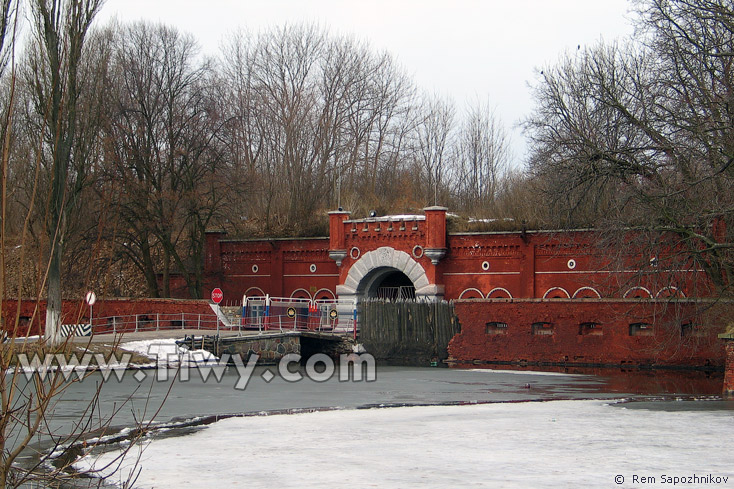
A military unit is there now.
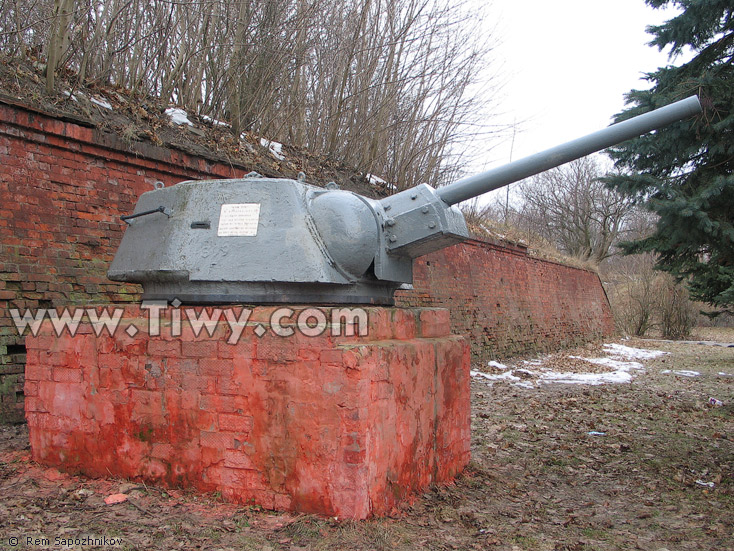
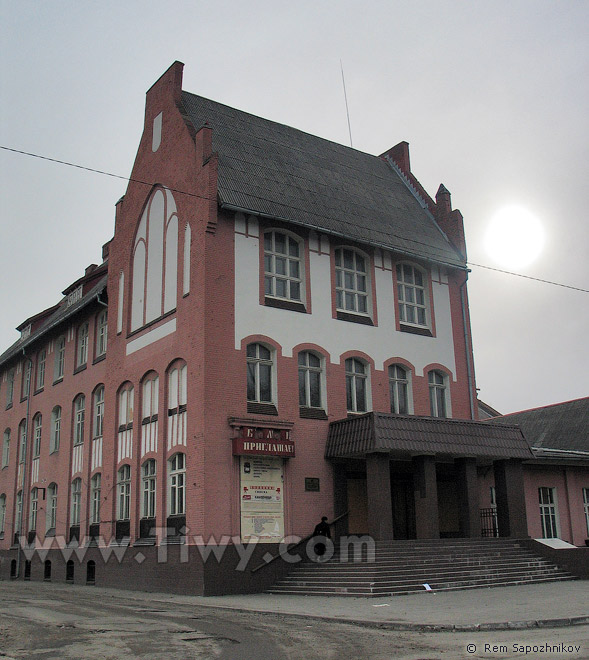
The three-story building was built in 1906, before the war there was a Gymnasium of Pillau.
If you go along Kronstadt Street (left on the photo) straight for 100 m, then to the left there will be a museum of the Baltic Fleet.
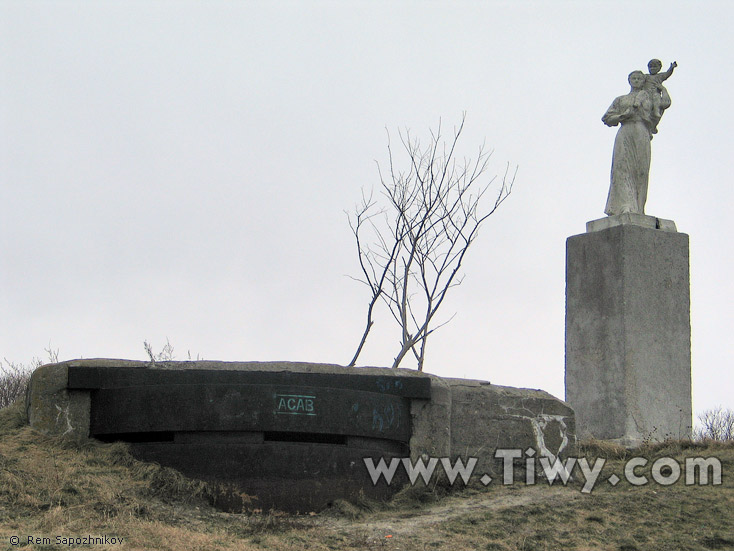
It was shifted to the shore of the Kaliningrad Bay in the Soviet era from the city park. The woman turns to face the sea, her figure represents the joy of the family while meeting the sailors returning from a voyage
In the foreground is a pillbox (permanent firing point) of WWII.
